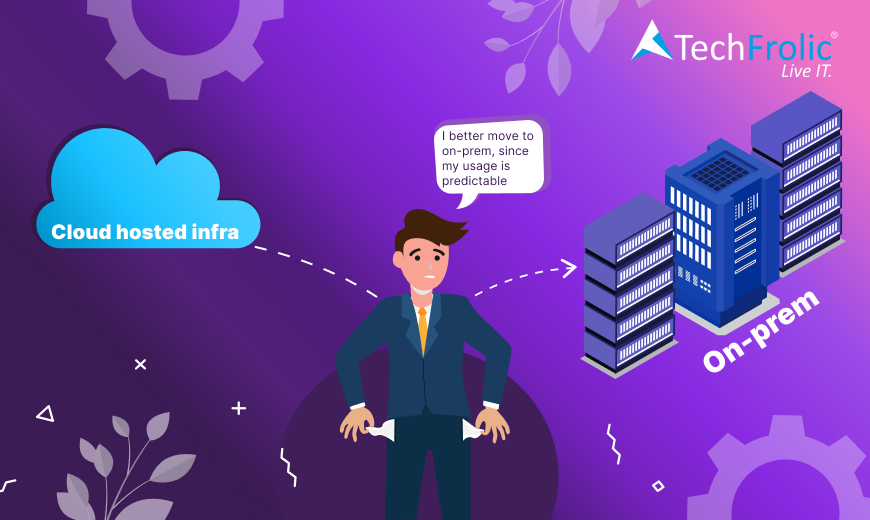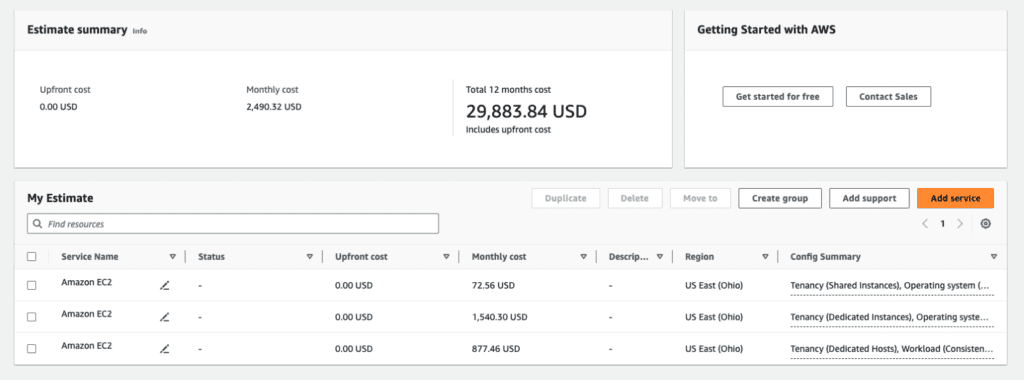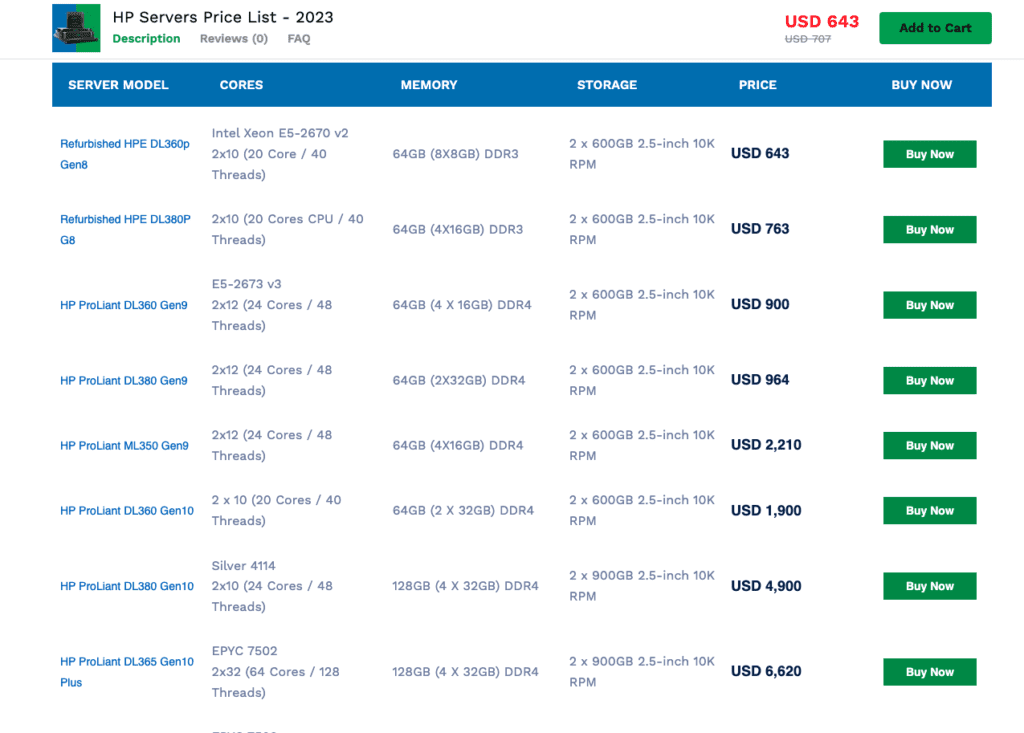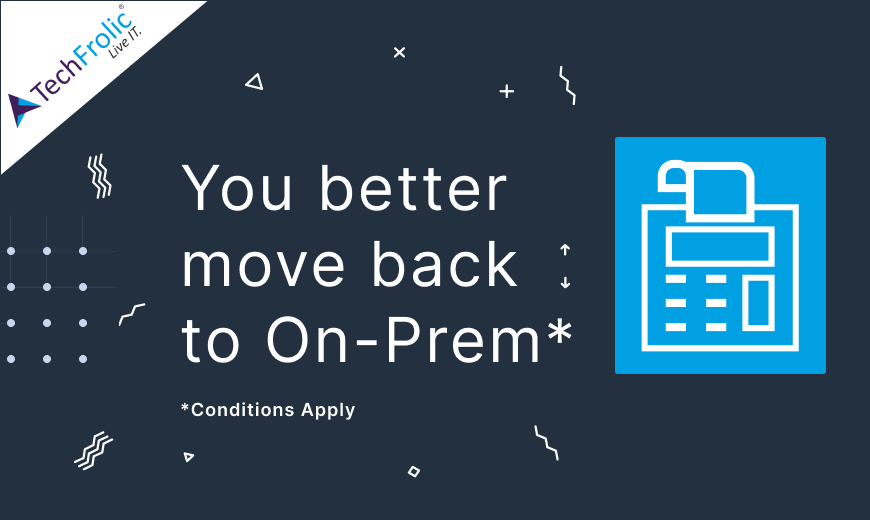I want to put a caveat to start with, which is “This blog does not advise or claim that you should migrate to On-prem if you are on cloud, no matter what”. However, I do wanna say that, if you were sold in narrative of achieving cost efficiency in cloud, you may want to reconsider it once.
While many businesses moved to cloud for saving cost, however, this has become the very reason (primary, if not only) for them to move back to on-premise. While cloud services initially appear cost-effective due to their pay-as-you-go model, costs can quickly escalate as businesses scale up. If you are a startup, cloud can be your best resort to launch your product/services. However, as workloads increase, so does the demand for cloud resources, leading to higher expenses. Additionally, the ongoing operational costs associated with cloud services can surpass the costs of maintaining and upgrading on-premise infrastructure. For some organizations, especially those with predictable and stable workloads, investing in their own hardware and software can be a more cost-efficient option in the long run.

While in some situation, lets say, if you are starting up, Cloud is the best option. However, it may not be if you are well settled business with predictable usage.
Let’s look at some numbers to support our thesis.
Imagine you are a small/medium business with stable or predictable usage, and you need Up to 2.4 GHz Intel Xeon Scalable Processor (Broadwell E5-2686 v4 or Haswell E5-2676 v3)
Renting an AWS M4.large SHARED instance is $73/month (approx. 900/yr) while if you go for a dedicated instance, it is $1540.3 /month while owning HP ProLiant DL360 Gen9 is around $900. Clearly, the cost of owning it beats the cost of renting it.

Let’s also consider that if you go AWS route, you get to leverage only 2 cores

While if you own HP ProLiant DL360 Gen9, it comes with Intel Xeon E5-2673 v3 [Cores = 2×12 (24 Cores / 48 Threads), Memory = 64GB (4 X 16GB) DDR4, Storage = 2 x 600GB 2.5-inch 10K RPM] (Source: https://www.serverbasket.net/p/hp-servers-price-list/ )

Here is the list of factors that should be considered what will work best for you:
Flexibility of scaling up and down to handle unpredictable load:
Cloud comes handy when your user traffic is highly irregular. With modern cloud services, scaling up and down can be achieved in the matter of minutes. This also enables one to save cost significantly. You would not want to pay for whole month if you are expecting traffic only over the weekends.
Physical location:
You definitely don’t wish to setup physical location, setup servers and racks, do all networking etc. As an alternative, you may want to consider data center service provider to achieve this. https://www.hipaavault.com/ https://deft.com/
Technical capabilities:
Setting up and maintaining on-prem solution demands technical capabilities. You may or may not have that in your current team.
While cloud seems very obvious choice for setting up your infra, however, depending on your needs, this may or may not be as optimal as it sounds.





